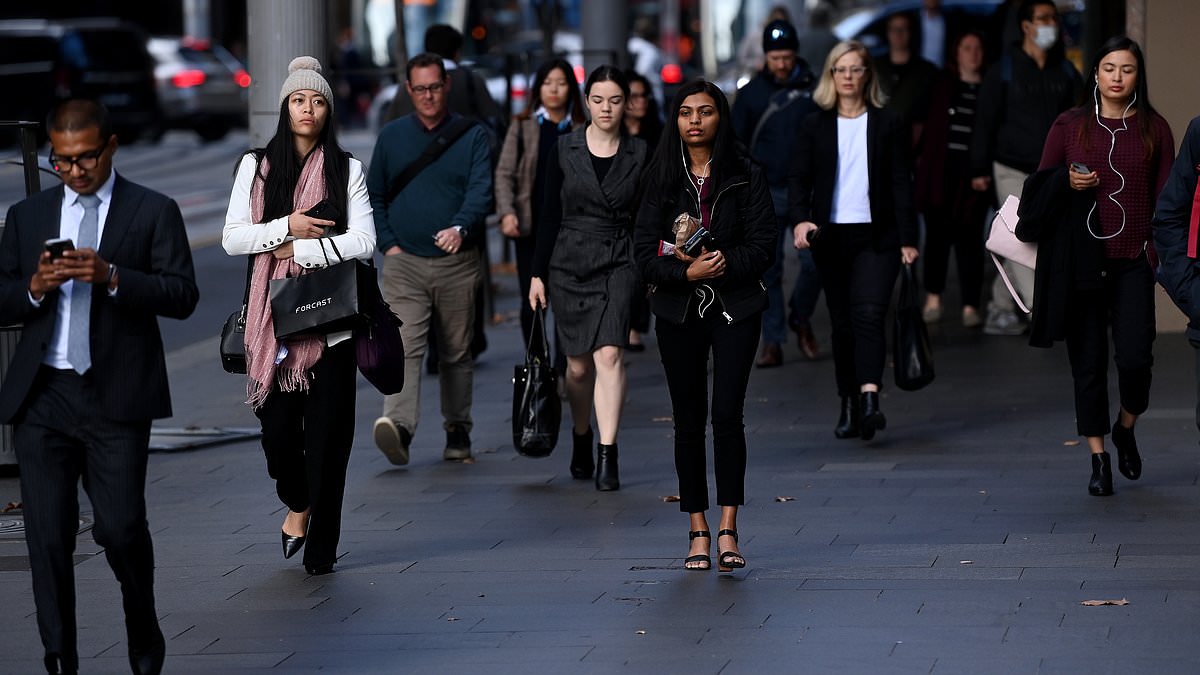An outbreak of the potentially deadly Legionnaires’ disease has grown, with two more ns testing positive as authorities struggle to find the source.
Potts Point residents, in inner-Sydney, have been warned they are most at risk of contracting the disease after two more locals were diagnosed in the past two weeks.
This brings the total number of those infected since mid-May to five. Four of those cases required hospitalisation.
The five who caught the infection do not know each other.
The disease can be contracted when bacteria from environmental sources, such as cooling towers on top large buildings, become contaminated.
South Eastern Sydney Local Health District Public Health Unit director Dr Vicky Sheppeard said the unit was working with the City of Sydney to find the source of the infections.
‘People can be exposed to the bacteria if contaminated water particles from a cooling system are emitted into the air and breathed in,’ Dr Sheppeard said.
‘Legionnaires’ disease can develop up to 10 days after exposure.
‘Symptoms include fever, chills, a cough and shortness of breath and may lead to severe chest infections such as pneumonia.
‘People who develop this disease are diagnosed by a urine or sputum test and chest X-ray and usually require antibiotic treatment in hospital.’
Last week, NSW Health and City of Sydney environmental health officers examined and sampled all cooling towers and water fountains within 500m of the five infected residents’ homes and asked all managers of cooling water systems to disinfect their systems.
The bacteria was not found in any of the samples.
Public Health Unit and City of Sydney staff returned to the area on Tuesday to search for unregistered cooling water systems and other potential sources of Legionella.
Two Sydney residents have died from the disease this year.
While serious, it is treatable with antibiotics, but can be fatal if people don’t seek medical help.
Legionnaires’ disease is more dangerous for people with compromised immune systems or underlying health conditions.
Those most at risk include people over the age of 50, people with chronic lung conditions, smokers, individuals on immunosuppressive medications and cancer and diabetes sufferers.
The disease is normally contracted by inhaling contaminated water droplets or aerosolised water.
In August, an outbreak in Melbourne traced to a cooling tower, led to more than 100 cases and the deaths of two people.
NSW Health said anyone who was in the Sydney CBD during March and April and is experiencing symptoms should seek immediate medical attention.
One patient was simply driving through Circular Quay when they were infected earlier in the year.
